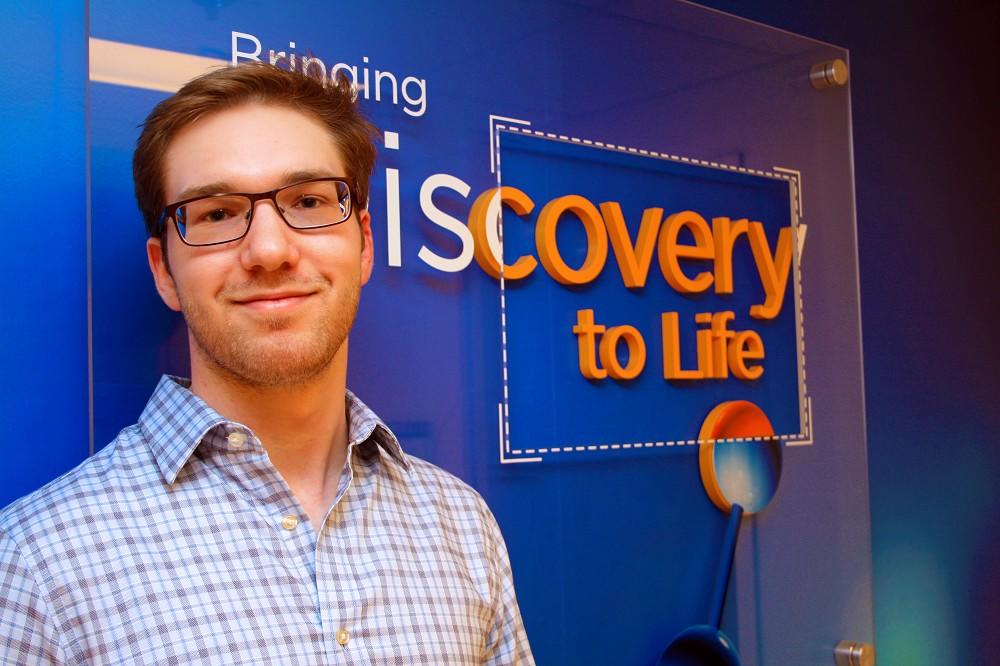Local Student Travels to Holland for TBRRI Project

Students from around the world come to the Thunder Bay Regional Research Institute (TBRRI) for learning opportunities they can’t get elsewhere. But this summer, a student from TBRRI is working abroad to bring his own brand of expertise to a multi-national project.
Steven Engler, who was born and raised in Thunder Bay, flew to Eindhoven, The Netherlands this May for three months to help program new software for the Philip’s Sonalleve HIFU system. It’s a special project headed up by TBRRI scientist Dr. Samuel Pichardo, a world authority on MRI-guided high-intensity ultrasound (HIFU).
Engler joined the TBRRI in 2012 as the Institute’s first high school summer student, working with Dr. Pichardo to program computer simulations. Since then, he has worked part time on other projects at the TBRRI. Now an undergraduate in computer science at Lakehead University, he is embarking on perhaps the most exciting project of his career.
“It’s definitely a challenge. I think one of the biggest things about it for me is that it’s not just programming. This involves the physics behind the program, learning the how to work with the MRI, and connecting software. It’s quite different than anything I’ve done before,” Engler said.
This system uses high-intensity ultrasound (HIFU) to “cook” bad cells such as fibroids and cancer cells while sparing surrounding healthy cells. It does this using MRI, which simultaneously guides the ultrasound and takes the temperature of all the tissues around the target to ensure healthy tissues are not heating up as well (called MRI thermometry).
However, there is a problem: the system cannot accurately measure the temperature of fat tissue. As a result, treatments are at a lower temperature and therefore take longer to ensure this tissue isn’t damaged. Software already exists to measure the temperature of fat tissue, but it cannot be run at the same time as the Sonalleve software – yet. That’s where Engler comes in.
“My job is to write some code that uses the MRI to run this new pulse sequence to get the proper temperature data for the fat tissue,” he said. “By combining the old pulse sequence and the new one we’re developing now, we can get temperature information about fat tissue and the other tissues at the same time.”
Once completed, the procedure will be faster and safer for patients.
Dr. Pichardo said that he knew Engler was the right person for the job.
“I knew Steven would be up to the task so I convinced Philips to move ahead with the project,” Dr. Pichardo said. “We are thrilled about what he is going to learn and do in this internship. When he gets back, we will use this technique for new research applications here in Thunder Bay.”
Engler will be taking a year off to work in the field before returning for his fourth year at Lakehead. After that, he plans to pursue a Masters degree. However, as he’s learned several times already, working at the TBRRI as a student brings many opportunities – and choices – and your career path can easily change.
“There are a lot of exciting opportunities for research here,” Engler said. “I’ve always liked computers and programming, but I didn’t know what I wanted to do with that. Working at the TBRRI has definitely exposed me to a lot of different areas and given me job experience.”





